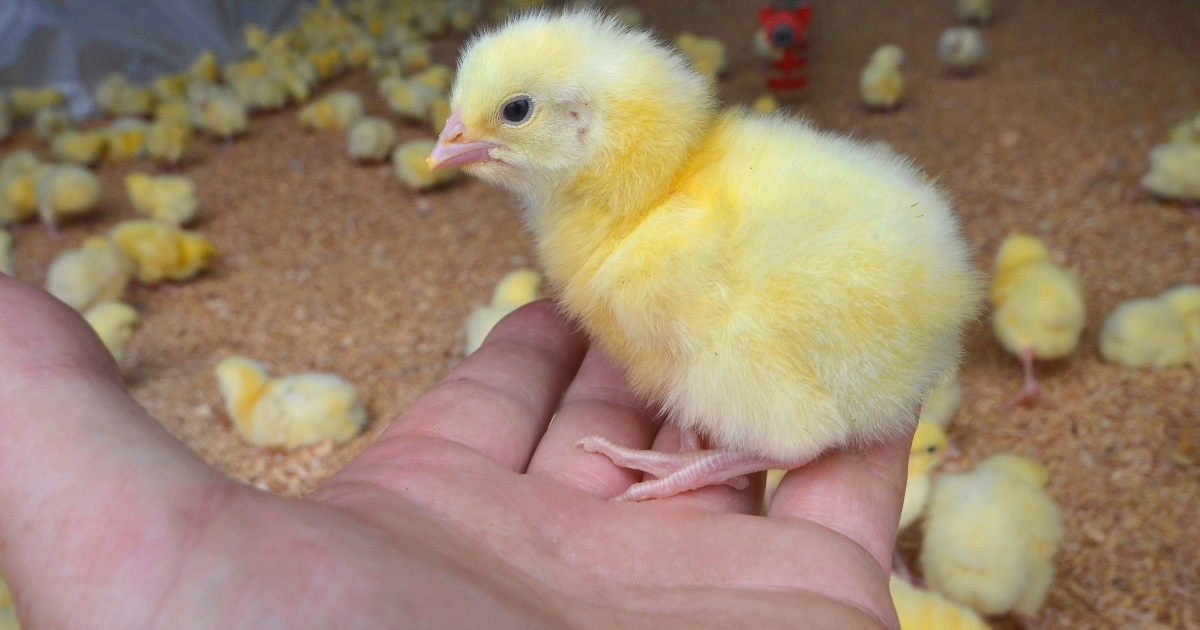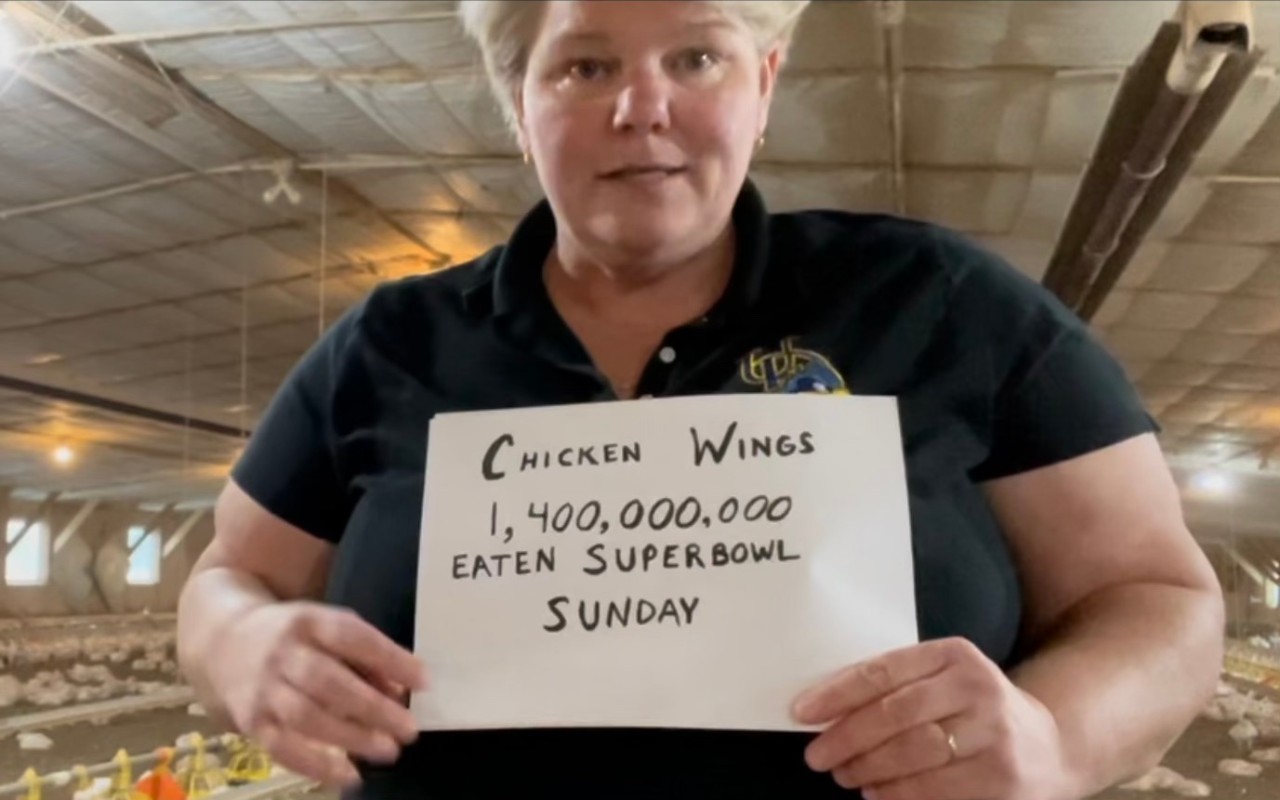
Category: Cooperative Extension

Follow the Flock: Student outreach in a virtual world
July 08, 2021 Written by Georgie Cartanza, Extension Agent Statewide - Poultry
In late January, a teacher reached out to ask about the possibility of video chatting with her class so they could learn about chickens. In previous years, I would visit the school on Super Science Day — a day dedicated to the kids learning about careers that involve science, technology, engineering and math. COVID-19 prohibited us from meeting in person. I suggested we Zoom once a week so the kids could see how the chickens were growing and learn more about how their food is grown. I thought, if one teacher is interested, maybe there would be others. So I posted this outreach invitation, focusing on connecting with teachers who could share with their students and interact via Zoom to ask questions. The post was shared more than 400 times! It was exciting and overwhelming to have this opportunity to share about our Delmarvelous Poultry.
The flock of chickens was placed in late January and moved for processing in early March. One or two videos were created each week to share how the birds were growing, along with a few interesting facts thrown in.
The videos included topics such as:
- What the birds need in order to grow
- The environment the farmer is trying to create to minimize stress on the chickens
- Why chicken is cheaper than other protein
- What farmers are doing to protect the environment
- Why do the chickens grow so fast
- What is Extension?
COVID-19 changed the way we do outreach. But it also allowed us to think outside the box and connect with clientele we would not have reached in normal circumstances.
The primary reason chickens grow faster today than they did 50 years ago is genetics. Legos were used to help explain the concept of DNA and genetics to the kids. The week after the Super Bowl, the kids learned that 1.4 billion chicken wings were consumed on Super Bowl Sunday! Four “wings” come from each chicken (two drumettes and two wingettes). It takes 350,000,000 chickens to get those bone-in wings, or about 9,500 chicken houses, depending on the size of the house.
On a weekly basis, I shared with twelve classes ranging from first to eighth grade. At times there were more than 90 children at a time! The students asked many questions like “What about the baby chicks moms?”, “Do I name them?” and “Why are all the chickens the same color?”. Most of the students participating were from Delaware. However, there was a group of students from Brooklyn, NY that watched the videos. Their teacher would have them write down two questions each week. There were times I answered questions for over an hour. It was a phenomenal opportunity to explain agricultural practices and how food is produced to young people who may never meet a farmer or otherwise get the opportunity to see how chickens are grown.

Throughout the flock, a total of thirteen videos were created. These videos received more than 10,000 views and were shared multiple times. Comments were made on the videos from teachers who shared them with their classes from as far away as Nebraska. These videos were filmed in the chicken house, so the kids could observe the housing conditions, feed, water, technology and the growth of the birds.
I truly enjoy visiting schools and bringing a live chicken that the children can see and touch and sharing about the importance of the poultry industry and the care that poultry farmers give to their chickens. COVID-19 changed the way we do outreach. But it also allowed us to think outside the box and connect with clientele we would not have reached in normal circumstances. The teachers commented that the kids could not wait to see how the chickens were growing and ask questions. I looked forward to sharing and connecting with the teachers and kids each week. On a normal school visit, I would spend 20 to 45 minutes with a group of students. They would see the chickens at a certain age and have a very limited understanding of the process of how the chickens are grown. The opportunity to “Follow the Flock” broadened the scope of learning and made it much more meaningful, resulting in a more positive impact on the children, teachers and those who shared in the experience.
